Social media today? It’s like the secret weapon every business needs. I mean, think about it – you can reach tons of people, boost your brand, and even start conversations. And yeah, maybe you’ve got a website, but with social media, you can pop up right in your audience’s feed. Platforms like Facebook, Instagram, even TikTok, make it super easy to get in front of people who care about what you do.
So, if you’re ready to take social seriously and not just scroll for fun, keep reading. This guide is packed with tips to help digital marketers (yep, that’s you!) make social media work like magic for their business.
Understanding the Role of Social Media in Business
Social media is, let’s be honest, the go-to tool for any business wanting to grow fast. It’s like having your own megaphone where your voice actually reaches people. Why essential? Because social media isn’t just “post and forget” – it’s where your audience gets to see your brand, talk to you, and even buy right on the spot. That’s huge! Plus, it’s affordable compared to old-school ads. It gives you reach, engagement, and a chance to build a community. And it’s always evolving, so businesses always have new ways to connect.
Building Brand Awareness
Social media makes your brand visible to more people, way beyond just your regulars. Imagine a coffee shop in Seattle that posts cool latte art on Instagram – next thing, people from all over are following, commenting, and even planning a visit. This exposure adds up to higher engagement, more trust, and strong brand loyalty.
Benefits of Brand Awareness:
- Reaches new audiences
- Boosts engagement with followers
- Grows brand trust and visibility
Customer Engagement and Support
When people want to talk, social media lets them do it in real-time. Customers have questions, issues, or just wanna say they love your product? They’re posting, and you’re replying – it’s like a 24/7 help desk, but with personality. Social media brings a human touch, making customer support faster and often friendlier. And trust me, customers notice when a brand cares.
Driving Conversions and Sales
Social media isn’t just for “likes.” It’s a place for sales. You’ve got social shops, ads, and that powerful CTA button saying “Shop Now” or “Book Today.” These features lead straight to purchases and make conversions a breeze, especially with social targeting. Using a combo of ads and organic posts, businesses like Plerdy or Canva keep their followers engaged and ready to act.
Ways to Drive Conversions:
- Direct ads with targeted offers
- Lead generation through sign-up links
- On-platform shops for instant sales
Key Social Media Platforms and Their Business Benefits
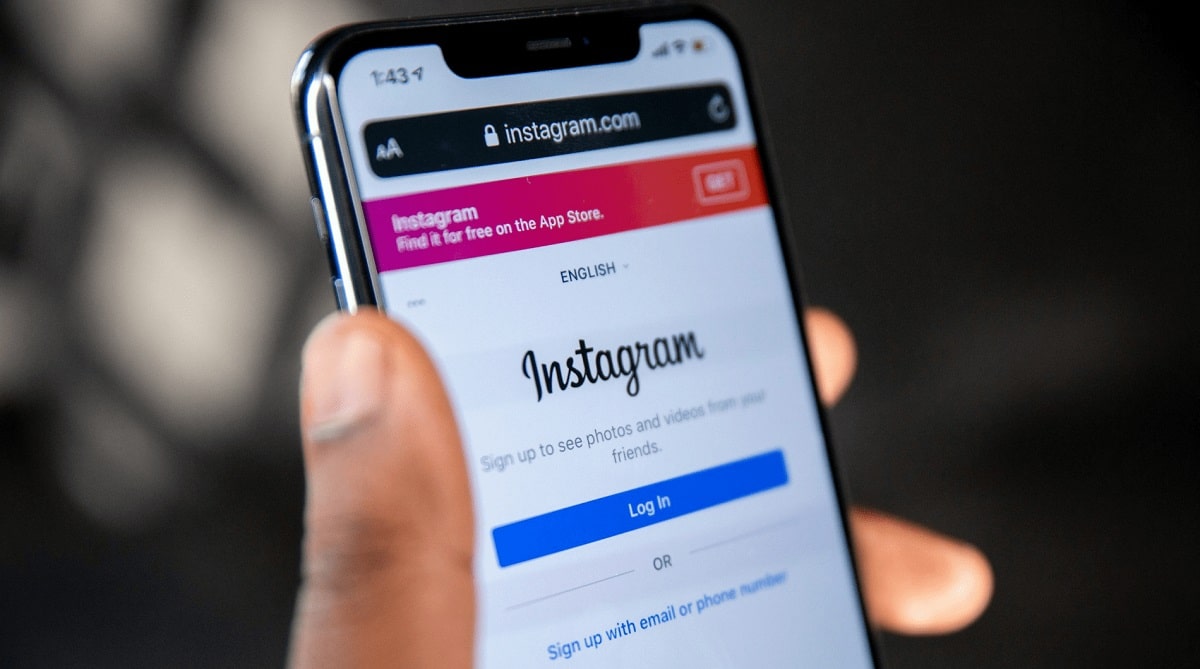
When you dive into social media, it’s like choosing the perfect blend of coffee – each platform has its unique flavor and gives your business a different boost. Every social media platform brings something special, whether it’s building a loyal community, sharing visuals, or sparking instant engagement. Here’s a look at some top platforms and how they can power up your business.
Facebook – The Community Builder
Facebook is the big gathering spot in social media, like a neighborhood meetup. With over 2.9 billion active users, it’s huge for creating communities around your brand. Facebook lets businesses use Groups for direct interaction with followers, adding a cozy vibe that makes people feel close to your business. With Facebook Shops, you can sell directly on the platform, and Facebook Ads allow precise targeting with detailed insights. So, if you want to build a social crowd that’s loyal to your brand, Facebook is a must.
Instagram – Visual Storytelling
Instagram is all about visuals – perfect for brands that shine through photos and videos, like fashion or lifestyle. For businesses wanting to make their mark through images, Instagram offers Stories, Reels, and IGTV, giving tons of ways to tell your story. It’s also a solid place for shopping, with around 60% of users saying they discover new products here. Brands like Nike and Glossier use Instagram to bring their stories to life. It’s social media magic, bringing engagement and brand awareness together in one scroll.
LinkedIn – Professional Networking
LinkedIn is where business pros connect. If your focus is B2B or hiring, LinkedIn is a prime platform for networking, finding talent, and making deals. It’s filled with professionals, making it ideal for serious partnerships and B2B sales. Company pages and groups let businesses share updates and insights. Brands like IBM and HubSpot use LinkedIn to show authority and bring in top talent. Think of LinkedIn as the business card of social media – all the professionalism in one spot.
X (formerly Twitter) – Real-Time Engagement
X, which we used to call Twitter, is the social media platform for real-time engagement. Great for quick updates, customer service, or just keeping up with trends. Businesses like Netflix use it to share fun, fast messages that keep people hooked. X is ideal for staying in the moment with your followers, whether it’s replying to customer questions or jumping on a trend. It’s the speedy social media that keeps your brand relevant.
TikTok – Creative and Viral Potential
TikTok is all about creative social media moments. If you’re looking to connect with a younger, energetic audience, this platform is a goldmine. Short, catchy content has made it possible for brands, even small ones, to go viral almost overnight. Gymshark, for example, uses TikTok to engage fans with challenges and fun videos. TikTok’s algorithm loves engagement, so if your brand gets attention, it spreads fast. It’s perfect for businesses that want high visibility without a huge ad budget.
Each of these social media platforms has its unique advantages, so pick the one that aligns with your goals, or even better – mix them up and see what works best for your business!
Developing a Social Media Strategy
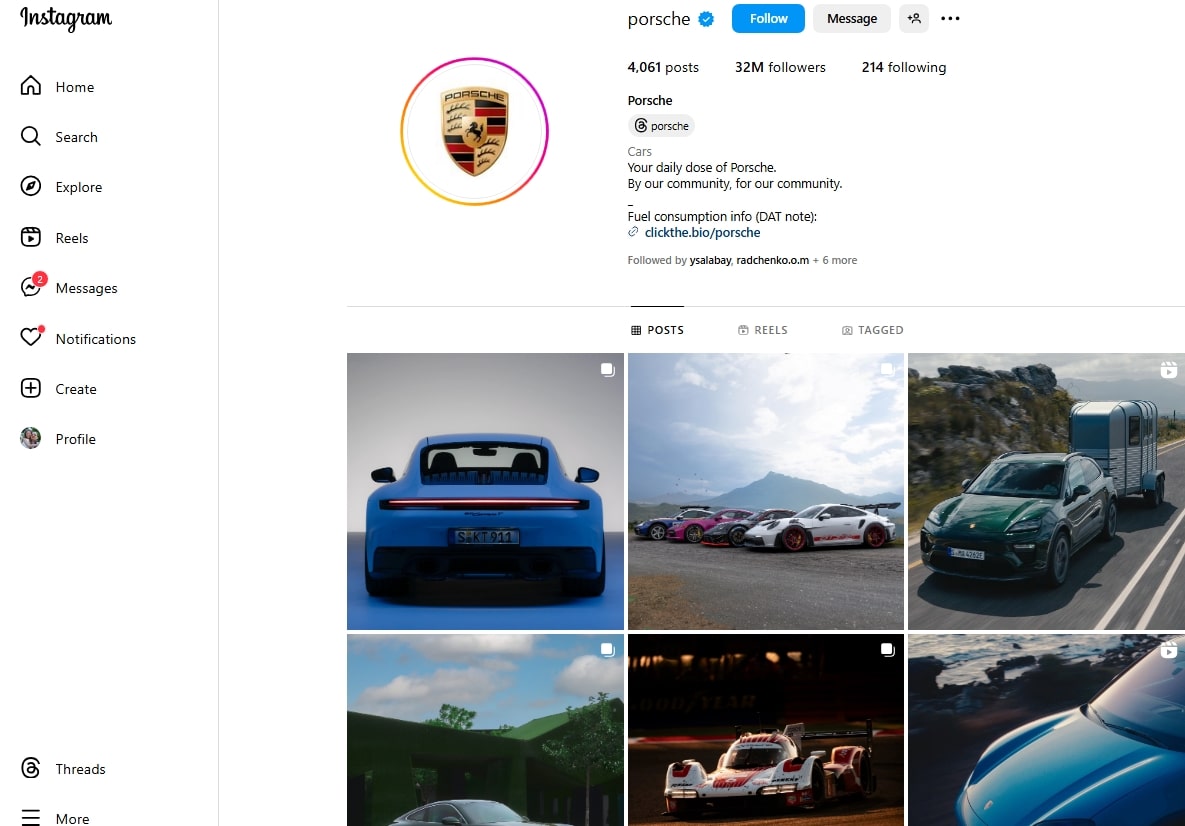
Creating a social media strategy is like building a house for your business online. First, you need a solid foundation, clear goals, and the right tools. Without these, your social media plan might collapse before you see results. Let’s go step-by-step to help you set up a plan that drives real business results, not just “likes.”
Setting Clear Objectives
Let’s start with goals. What do you really want from social media? Just posting random stuff won’t help much. You need SMART goals: Specific, Measurable, Achievable, Relevant, and Time-bound. Think about metrics like engagement rates, follower growth, or sales conversions. Maybe you want to increase your followers by 20% in the next two months? Numbers matter! If metrics confuse you, tools like Plerdy and Google Analytics are there to track everything, from clicks to conversions.
Identifying and Understanding Your Audience
Now, let’s talk about your audience. You can’t sell snowboards to people in the desert, right? So, knowing who you’re talking to on social media is key. Study their age, location, and preferences. Are they professionals on LinkedIn, young people on TikTok, or maybe local shoppers on Facebook? Knowing this helps you post content that speaks to them. Tools like Facebook Insights or Plerdy’s heatmap feature can show who’s viewing your content, making targeting easier and more effective.
Choosing the Right Platforms
Each social media platform has its own vibe, so pick the ones that match your business goals. Instagram is fantastic for visual brands – think fashion or food. LinkedIn, on the other hand, is perfect for B2B, networking, and recruiting. And X (formerly Twitter) is all about real-time updates and short, catchy messages. So, instead of spreading yourself thin across all platforms, focus on one or two that align with your audience and goals. You’ll get better engagement and more meaningful results for your business.
Content Strategy Essentials
Now comes the creative part – content! To keep your social media fresh and engaging, plan a mix of formats. Use images, videos, carousels, stories – the works. Consistency is key, so a content calendar is your best friend here. Planning ahead means you’ll always have something to share, keeping your brand active in people’s feeds. Check out tools like Canva for creating visuals and use Plerdy’s analytics to see which posts are most effective for your business. This way, you can focus on what really clicks with your audience.
By following these steps, you’ll turn your social media into a powerful tool for growth and engagement. Ready to get that strategy rolling?
Best Practices for Social Media Marketing
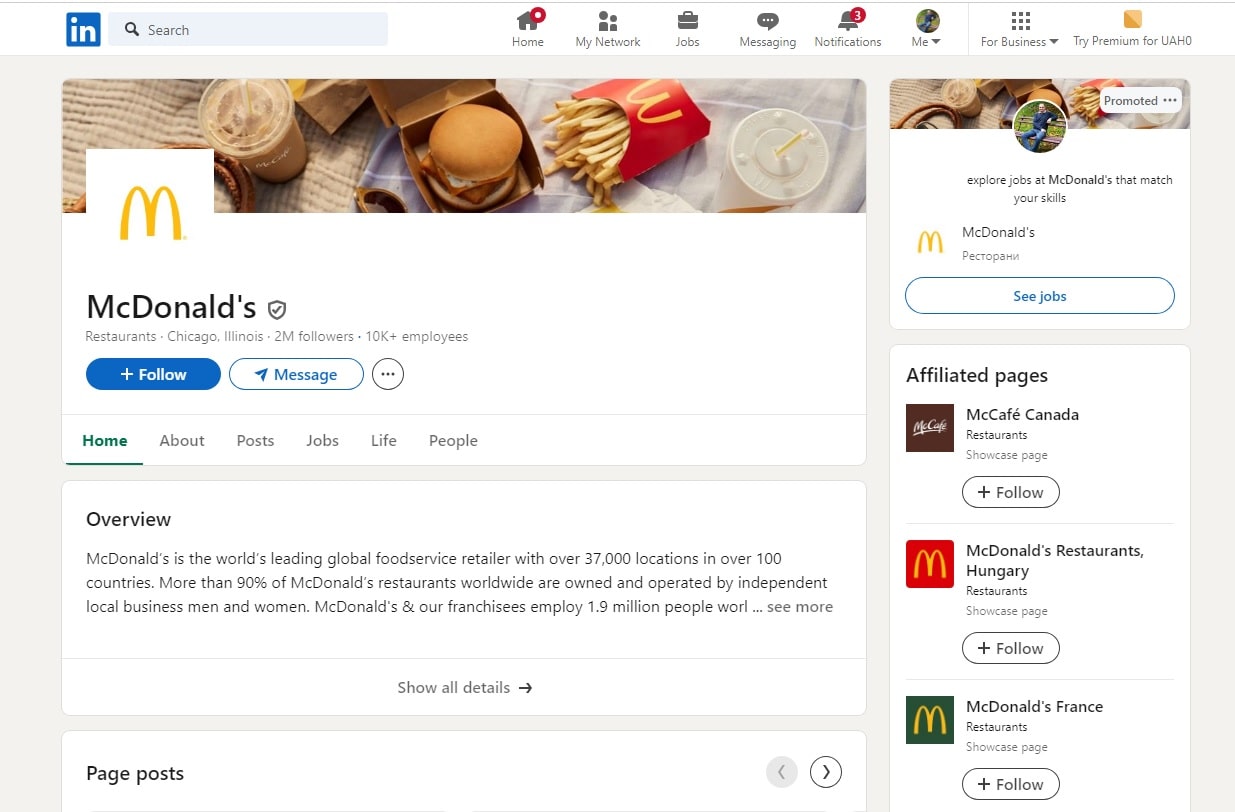
Building a powerful social media presence for your business is all about engaging your audience and creating a brand they trust. Here’s how you can make your social media game stand out from the crowd.
Posting Consistently and Engaging Authentically
On social media, consistency is king. Just posting now and then won’t cut it; your business needs to stay on people’s feeds regularly. But remember, it’s not just about volume; it’s about quality interaction. Respond to comments, like your followers’ posts, and reply to questions – this makes your brand feel human. Brands like Wendy’s have mastered this with their witty replies and real interactions, which is why people love engaging with them.
Using Hashtags and Keywords for Social SEO
Hashtags and keywords are essential tools for social media visibility. Think of hashtags as little “beacons” that draw people into your content. But don’t go overboard – using too many can make you look spammy. The key is to use a mix of trending and niche hashtags that relate to your business. Keywords are also crucial, so add them naturally into your captions to improve reach. Here are some quick tips:
- Use relevant hashtags for each post.
- Mix popular hashtags with niche ones.
- Try tools like Hashtagify to find trending tags.
A good mix of hashtags and keywords can give your business the visibility it needs to grow your audience.
Leveraging Visual Content and Storytelling
In social media, visuals are everything. High-quality photos and videos grab attention fast and keep people interested. Let your visuals tell your brand story – like Coca-Cola does with images that connect with people on an emotional level. Use behind-the-scenes clips, customer shout-outs, and more to keep things real. Quality visuals are what make people stop scrolling, which is exactly what your business needs.
Incorporating User-Generated Content
Nothing makes your business feel more real than sharing content created by your customers. User-generated content (UGC) not only builds trust, but it also shows that people are genuinely enjoying your product or service. Think of GoPro – they’ve become iconic by sharing videos from their users. When your followers tag your business, share it! It’s free advertising and builds a community vibe around your brand.
Experimenting with Paid Advertising
Paid social media advertising can give your business a huge boost. Platforms like Facebook, Instagram, and X (formerly Twitter) offer options to reach specific audiences based on age, location, and interests. And it doesn’t need to cost a fortune – you can start small and test what works best. For example, Nike combines paid ads with organic posts to reach a wide range of people. This mix keeps engagement high without breaking the budget.
Using these best practices will help your business develop a social media presence that’s both effective and authentic. Ready to turn those followers into real fans? Give these tips a shot!
Measuring and Analyzing Social Media Success
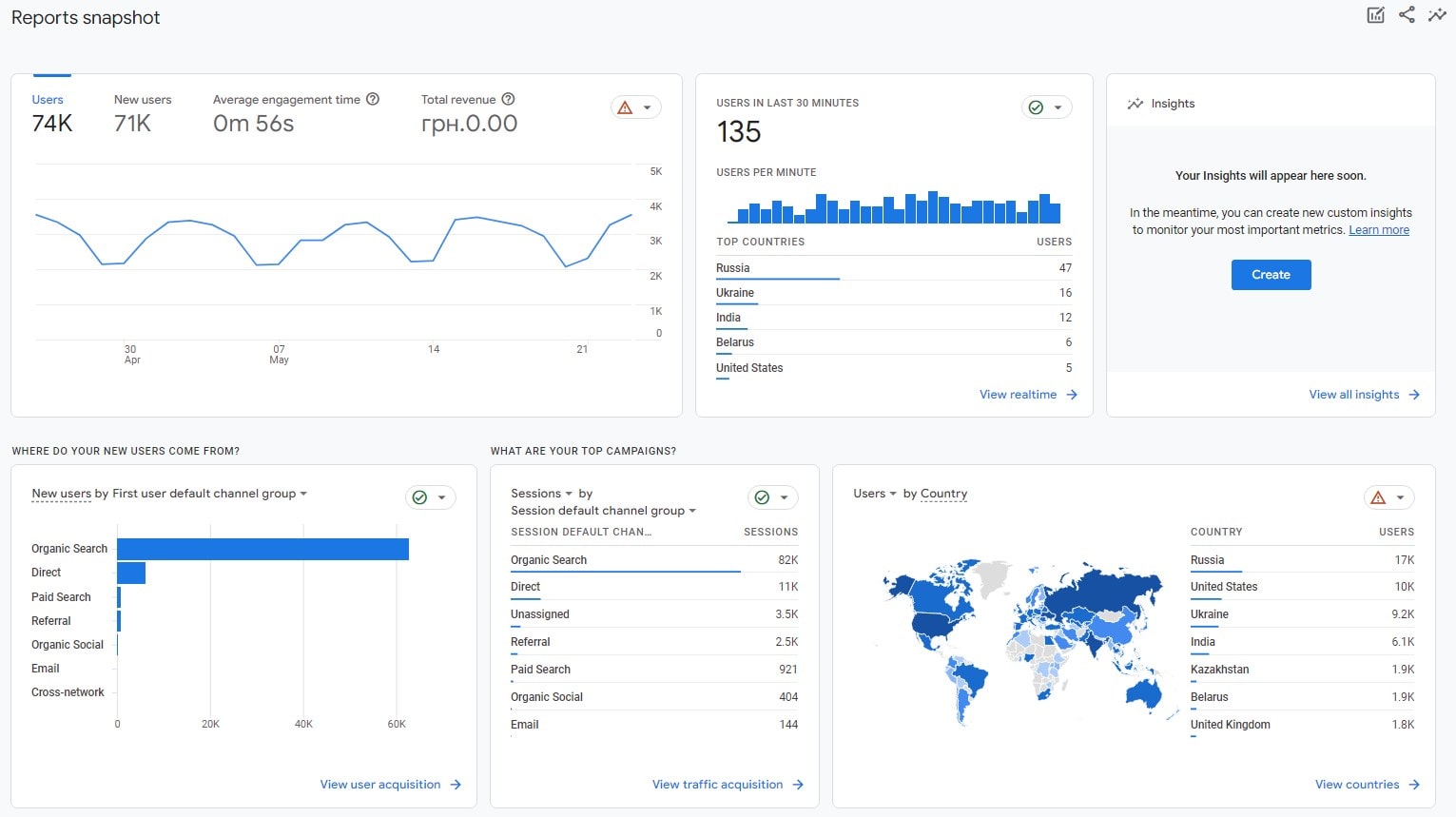
To know if your social media efforts are actually working for your business, you need to measure and analyze key metrics. Tracking these metrics can show if your posts are hitting the mark or just floating in the digital void.
Essential Metrics to Track
Start with the basics. Engagement rate, reach, and conversions are three main social media metrics you’ll want to follow. Engagement rate shows how many people interact with your posts through likes, shares, and comments. Reach tells you how many unique users saw your content, which is useful for checking your brand’s visibility. And conversions? That’s when someone takes action, like clicking a link, signing up, or even buying something directly from social.
Using Analytics Tools
Tools make life easier, right? Analytics tools like Google Analytics, Hootsuite, and each platform’s own insights are essential for tracking performance. Google Analytics is great for measuring traffic from social to your website – you’ll see how many people click from Facebook, Instagram, or wherever you’re posting. Hootsuite pulls in data across all your platforms, so you don’t have to jump from one to another. Plus, each social media platform has its own insights (like Facebook Insights or Instagram’s Analytics) to check how posts are performing directly.
Adjusting Your Strategy Based on Insights
Data without action is useless. So once you have your insights, it’s time to adjust. See a post that got a ton of likes but not many conversions? Maybe your call to action needs work. Or if you’re reaching a big audience but engagement is low, try experimenting with different content types. Always be testing and tweaking based on the data. Your social media strategy should grow with the insights you find – keep it flexible, and don’t be afraid to shift direction when needed.
Measuring, analyzing, and adjusting. That’s the cycle for social media success, and it’s how you turn data into real business results.
Avoiding AI Detection in Social Media Content Writing
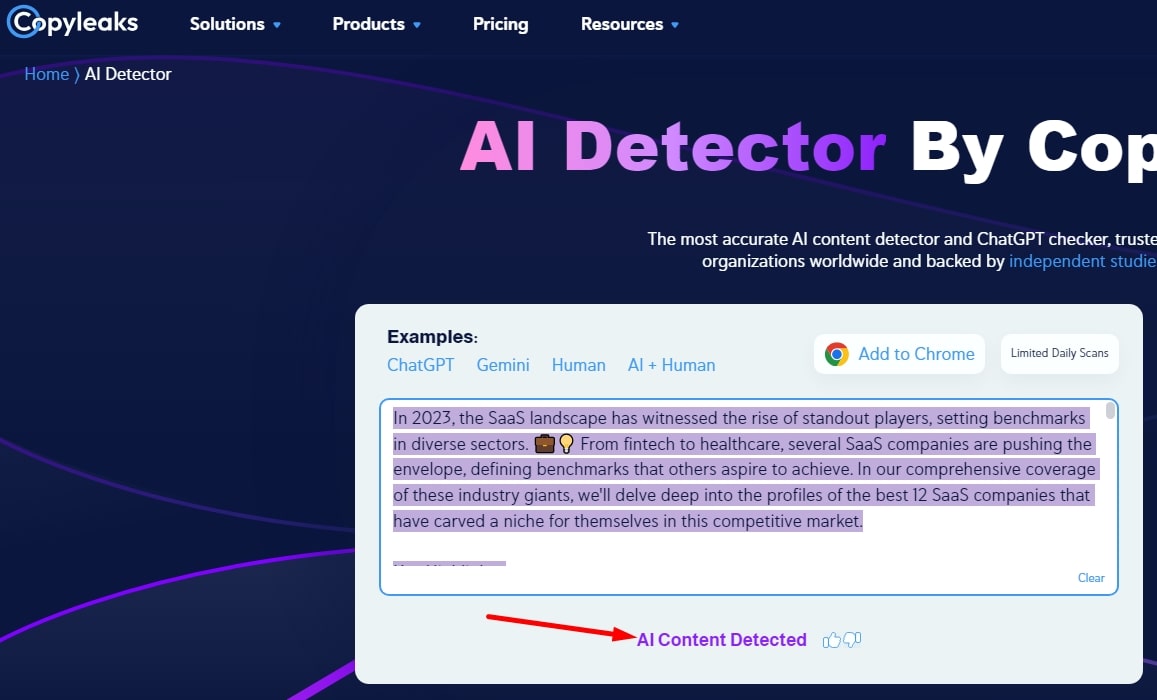
To keep your social media content looking authentic and human, think about writing in a way that feels like you’re talking to a friend about your business. Keep it casual, genuine – anything but robotic.
Writing in a Human Tone
Use a conversational style for social media. Directly connect with your reader by using “you” and “we.” Don’t stress about perfect grammar – sometimes, a small “mistake” makes it more human. Instead of “Thus, it is beneficial,” try saying, “So, this could actually help your business out!”
Varying Vocabulary and Structure
AI-generated content often sticks with the same words and sentences. Change it up! Use synonyms, mix long and short sentences, and keep your writing dynamic. Instead of saying “increase sales” each time, go with “boost business growth” or “drive more revenue.” This way, your social media posts sound fresh and less formulaic.
Integrating Real-Life Examples and Data
Adding real stats or quick stories works wonders for making content feel natural. Throw in specific numbers like, “82% of businesses find social media essential for customer reach,” or give a quick case study. These details not only add credibility but make it clear the content is crafted by a human who knows the social media space well.
Conclusion
Wrapping it all up – using social media the right way can seriously boost your business. A strong social strategy can grow your audience, bring in new customers, and keep engagement alive. From understanding your target audience to creating authentic content, every little tip here counts. So, try these ideas, play around with them, and find what clicks best for your brand. Whether it’s posting consistently or using those analytics tools, each step can bring you closer to real results. Just remember: social media isn’t magic, but with the right moves, it can work wonders for your business!
